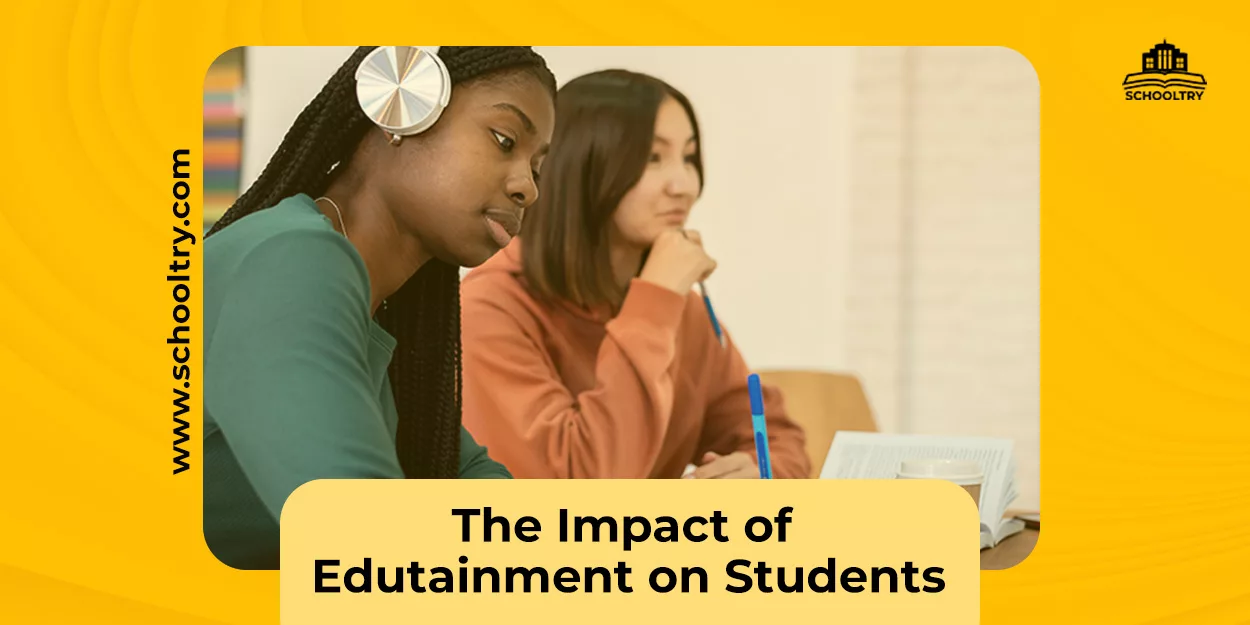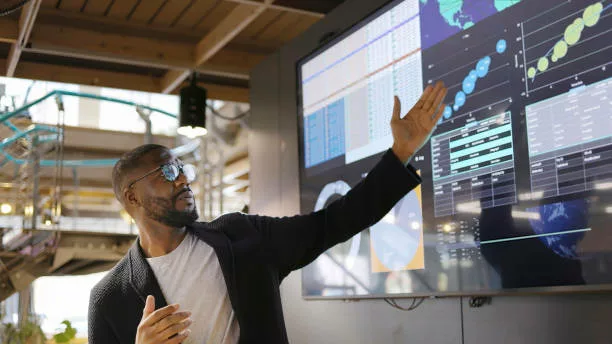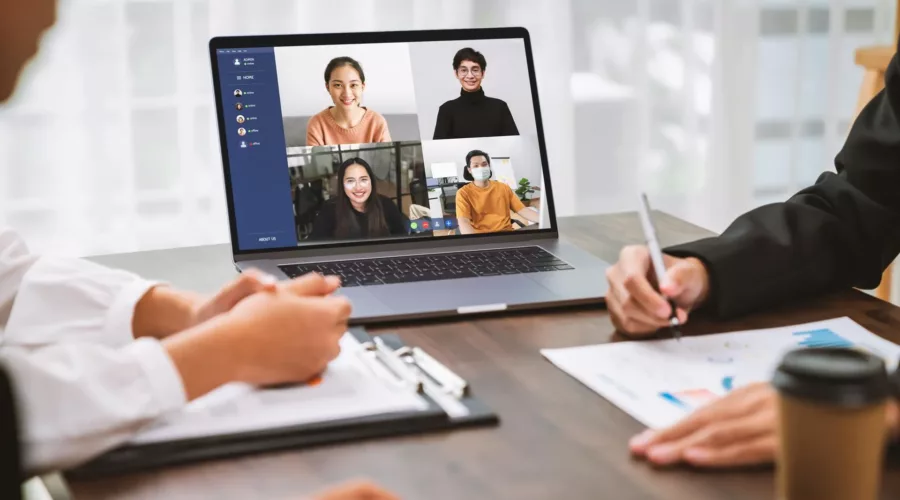Implementing edutainment into education programs has proven to be incredibly effective in the
transformation of the student’s learning experience. That is why it is expedient we discuss topics
like The Impact of Edutainment on students.
Let’s dive in,
What is Edutainment?
Edutainment (also educational entertainment or entertainment education) is a form of
entertainment designed to educate as well as to amuse.
Also, edutainment typically seeks to instruct or facilitate social interaction in its audience by
embedding lessons in some familiar form of entertainment: Television programs, computer and
video games, films, music, websites, multimedia software, and so on.
History of Edutainment.
Interest in combining education with entertainment, especially in order to make learning more
enjoyable, has existed for hundreds of years, with the Renaissance and Enlightenment being
movements in which this combination was presented to students. Komenský in particular is
affiliated with the ‘school as play” concept, which proposes pedagogy with dramatic or delightful
elements.
Furthermore, Poor Richard’s Almanack demonstrates early implementation of edutainment, with Benjamin
Franklin combining entertaining and educational content, such as puzzles and rules of conduct,
into an instructional entity for colonists.
Later development of the concept of edutainment can be tied to Walt Disney, with his first
educational short film, Tommy Tucker’s Tooth, being commissioned and shot in 1922 for the
Deneer Dental Institute. The entry of the U.S. into World War II also had a major impact on the
popularity of educational entertainment, as a relationship between Disney and the U.S.
government formed; Disney was able to experiment with educational and nonfiction films in a
way that continued even after the war, with series such as True-Life Adventures and
Disneyland. In the transcript of an interview with Alexander P. de Seversky from The Walt
Disney Archives, of which its date and interviewer is unknown, the following quotation is
found:Since the 1970s, various groups in the United States, the United Kingdom, and Latin
America have used edutainment to address health and social issues such as substance abuse,
immunization, teenage pregnancy, HIV/AIDS, and cancer.
The Impact of Edutainment on Student
01.Fun-filled Learning:
Traditional methods of education can sometimes be dry and monotonous, making it difficult for
students to stay engaged.
However, when education is combined with entertainment, it becomes more interactive,
dynamic, and exciting. Thereby, helping to capture and maintain students attention, making the
learning process more effective.
02.Active learning:
Edutainment promotes active learning. Instead of passively receiving information, students
actively participate in the learning process.
Also, through games, simulations, and interactive activities, they can apply their knowledge, solve problems, and make decisions. This hands-on approach enhances critical thinking, problem-solving skills, and creativity.
03.Diverse learning style:
Edutainment caters to different learning styles. Every student is unique and has their own
preferred way of learning. Edutainment can incorporate various multimedia elements, such as
videos, animations, and audio, to accommodate different learning preferences. Visual learners
can benefit from engaging visuals, auditory learners can listen to educational songs or
podcasts, and kinesthetic learners can participate in interactive simulations or experiments.
Conclusion
Edutainment is a powerful tool that is shaping the future of education.
Also, It revolutionizes education by making it enjoyable, interactive, and accessible.
Are you a school owner or administrator in need of a web solution like SchoolTry to automate,
digitize or transform your school work. Click on this link to register for free and see how it
works.



